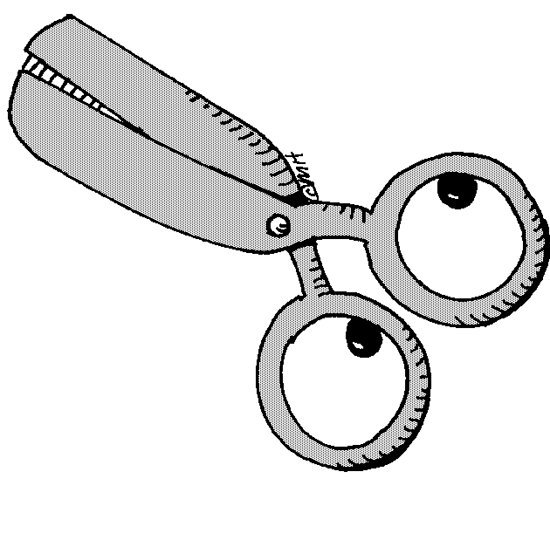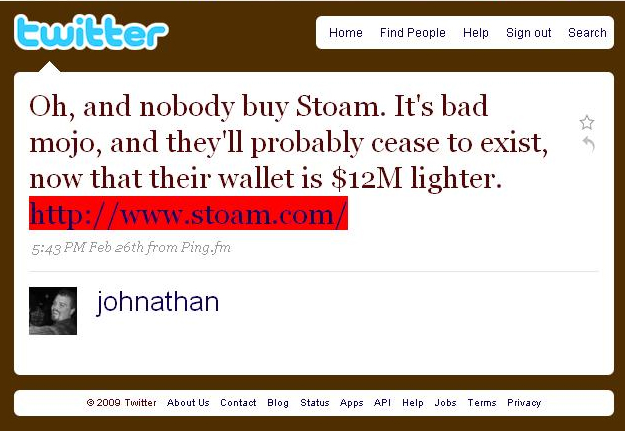How much is your frustration worth? Amazon.com knows!
The topic of this blog is putting a pricetag on frustration…and speaking of frustration, I’m preparing a sure to be hilarious recap of web usability problems with TNT.com. (Note to TNT- fire all of your web people.)
In the meantime, I found something online that I felt was very interesting. Tonight I was searching for a ‘Microsoft Wireless Mouse’ on Amazon and came across something I had never heard of before. Look at these 2 Amazon links and tell me if you can spot the difference.
Could you spot the difference? Congratulations! It’s not like it was right in the product headline or anything. For those that missed it, Amazon is selling the EXACT SAME mouse for about 4 dollars more because it is in, what they call, “Amazon Frustration-Free™ Packaging”.
I hate dealing with those plastic death traps they put around gadgets as much as anyone else, but is it worth a $4 bump in price? What would I be willing to pay in any given situation to get the same thing with less frustration? $10 more for shoes you don’t have to tie (oh wait, that’s why I wear velcro). $100 more for a computer that never crashes? I’d pay it (and as I type this on my iMac I realize I did exactly that…except, more than a hundred dollars extra…).
My overspending aside, the point is, your lack of frustration is worth something. It’s just hard to figure out exactly how much it’s worth. In any given situation when you buy something, I wonder how much extra you would pay for better service, a better experience, an easier delivery method, etc. How much money are companies losing because they aren’t willing to add that little touch to make their extra service worthwhile and “frustration-free”?
But this is starting to get deep. In this case, for $4 extra dollars, I’d rather buy a sweet pair of scissors and just go to town on that plastic packaging.
Because in the end, I’d then have a wireless mouse and a cool pair of scissors to do with as I pleased. Win-win.




